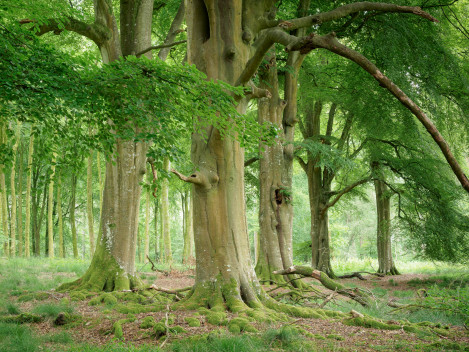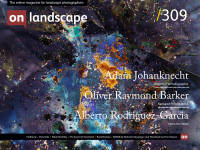A Zen understanding of the nature of reality

Robin Boothby
Retired metallurgist, based in Oxfordshire, employing a camera to escape through a portal that leads directly from the fabricated world in which we live to a world of natural wonders.

Continuing on from my previous articles, Cloud Allusions and The Thing Itself, which covered the works and ideas of Alfred Stieglitz, Edward Weston and Ansel Adams and how they relate to a Zen understanding of the nature of reality, I come finally to the photographer most widely associated with Zen: Minor White.
In an article written by Minor White in 1951 he described photographs that he felt had no further meaning, beyond what could be seen directly, as ‘opaque’, but, clearly influenced by Weston and Stieglitz, he argued that photographs which he considered to be ‘transparent’ could reveal a deeper meaning which could be “some inner truth” of the object in the image (its essence) or “something of the artist himself” (an equivalent that “somehow reflects ... his idea or his state of mind”).1 Of Stieglitz he subsequently wrote that “his cloud pictures were usually equivalent to his own experience with unseen and unseeable spirit itself ... and ... pertain to otherworldliness ... mirroring the transcendent.” 2

